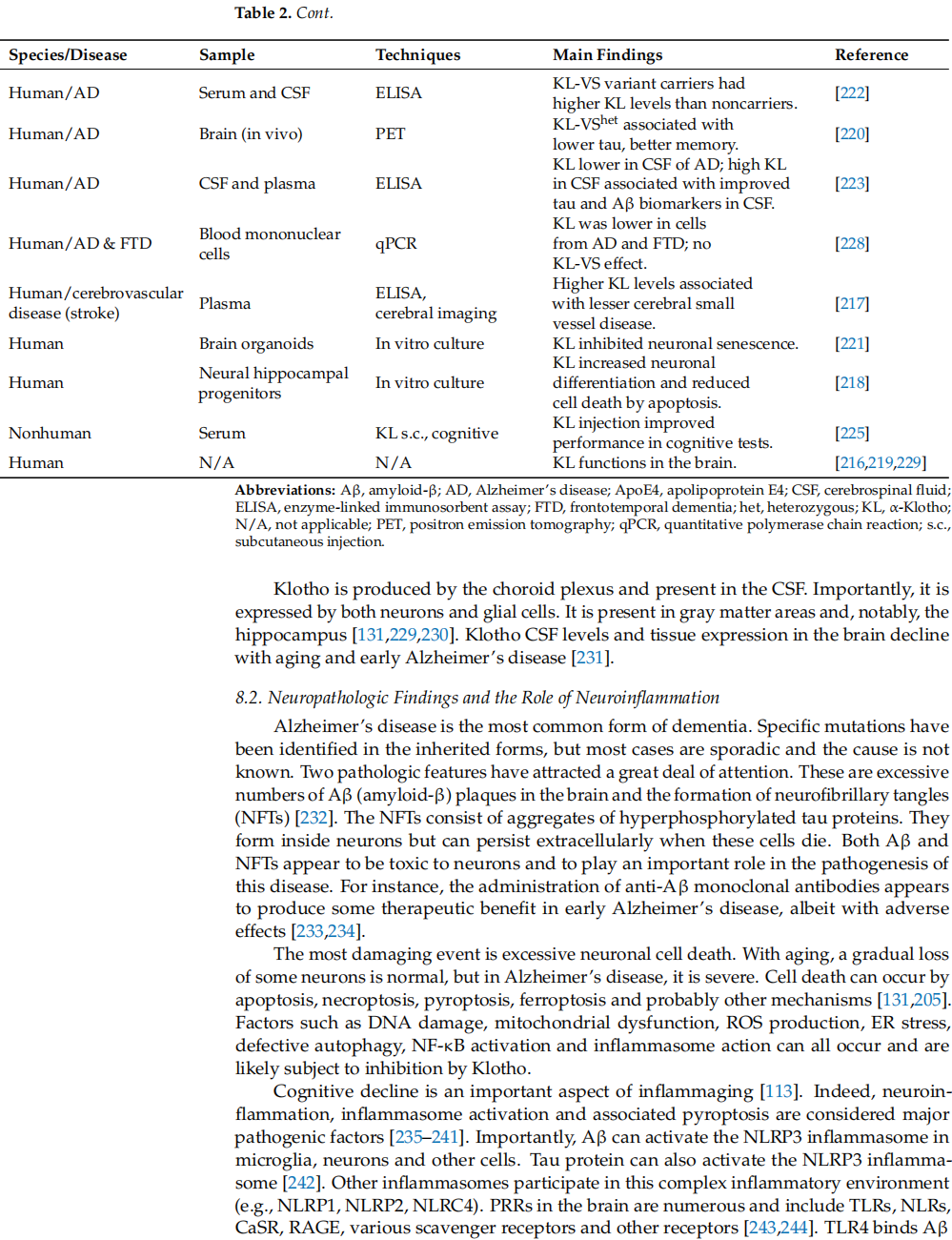




























This article is excerpted from the Cells 2024, 13, 1413. https://doi.org/10.3390/cells13171413 by Wound World.
Gérald J. Prud’homme 1,2,* and Qinghua Wang 3,4
1 Department of Laboratory Medicine and Pathobiology, University of Toronto, 220 Walmer Rd, Toronto, ON M5R 3R7, Canada
2 Department of Laboratory Medicine, Keenan Research Centre for Biomedical Science, Unity Health Toronto, Toronto, ON M5B 1W8, Canada
3 Department of Endocrinology and Metabolism, Huashan Hospital, Shanghai Medical School, Fudan University, Shanghai 200030, China
4 Shanghai Innogen Pharmaceutical Co., Ltd., Shanghai 201318, China
* Correspondence: 该Email地址已收到反垃圾邮件插件保护。要显示它您需要在浏览器中启用JavaScript。
Citation: Prud’homme, G.J.; Wang, Q. Anti-Inflammatory Role of the Klotho Protein and Relevance to Aging. Cells 2024, 13, 1413. https://doi.org/ 10.3390/cells13171413
Academic Editors: Fabrizio
Montecucco and
Nickolay Brustovetsky
Received: 1 August 2024
Revised: 17 August 2024
Accepted: 23 August 2024
Published: 24 August 2024
Copyright: © 2024 by the authors. Licensee MDPI, Basel, Switzerland. This article is an open access article distributed under the terms and conditions of the Creative Commons Attribution (CC BY) license (https:// creativecommons.org/licenses/by/ 4.0/).
Abstract: The α-Klotho protein (hereafter Klotho) is an obligate coreceptor for fibroblast growth factor 23 (FGF23). It is produced in the kidneys, brain and other sites. Klotho insufficiency causes hyperphosphatemia and other anomalies. Importantly, it is associated with chronic pathologies (often age-related) that have an inflammatory component. This includes atherosclerosis, diabetes and Alzheimer’s disease. Its mode of action in these diseases is not well understood, but it inhibits or regulates multiple major pathways. Klotho has a membrane form and a soluble form (s-Klotho). Cytosolic Klotho is postulated but not well characterized. s-Klotho has endocrine properties that are incompletely elucidated. It binds to the FGF receptor 1c (FGFR1c) that is widely expressed (including endothelial cells). It also attaches to soluble FGF23, and FGF23/Klotho binds to FGFRs. Thus, sKlotho might be a roaming FGF23 coreceptor, but it has other functions. Notably, Klotho (cell-bound or soluble) counteracts inflammation and appears to mitigate related aging (inflammaging). It inhibits NF-κB and the NLRP3 inflammasome. This inflammasome requires priming by NF-κB and produces active IL-1β, membrane pores and cell death (pyroptosis). In accord, Klotho countered inflammation and cell injury induced by toxins, damage-associated molecular patterns (DAMPs), cytokines, and reactive oxygen species (ROS). s-Klotho also blocks the TGF-β receptor and Wnt ligands, which lessens fibrotic disease. Low Klotho is associated with loss of muscle mass (sarcopenia), as occurs in aging and chronic diseases. s-Klotho counters the inhibitory effects of myostatin and TGF-β on muscle, reduces inflammation, and improves muscle repair following injury. The inhibition of TGF-β and other factors may also be protective in diabetic retinopathy and age-related macular degeneration (AMD). This review examines Klotho functions especially as related to inflammation and potential applications.
Keywords: aging; Alzheimer; atherosclerosis; inflammasome; FGF23; fibrosis; Klotho; NF-κB; sarcopenia; TGF-β





























This article is excerpted from the Cells 2024, 13, 1413. https://doi.org/10.3390/cells13171413 by Wound World.